Petite Sirah for Cooking Beef Burgundy
Explore the flavors and tastes of Petite Sirah wines and find out how to pair it with food.
Petite Sirah ("Peh-teet sear-ah") (aka Durif or Petite Syrah) was first found growing in France in the mid-1800's. It's loved for its extraordinary deep color and full-bodied flavors of blueberry, chocolate, plums and black pepper. Despite its popularity, Petite Sirah is an exceptionally rare grape with less than 10,000 planted acres worldwide, growing mainly in California.
The difference between Petite Sirah and Syrah
Petite Sirah is not just a more "petite" version of Syrah (or Shiraz), it's a distinct grape variety. Petite Sirah is the offspring of Syrah and Peloursin. If you've never heard of Peloursin, that's understandable: it's nearly extinct, found just a few places in the French-Alps.
Guide to Petite Sirah Wine
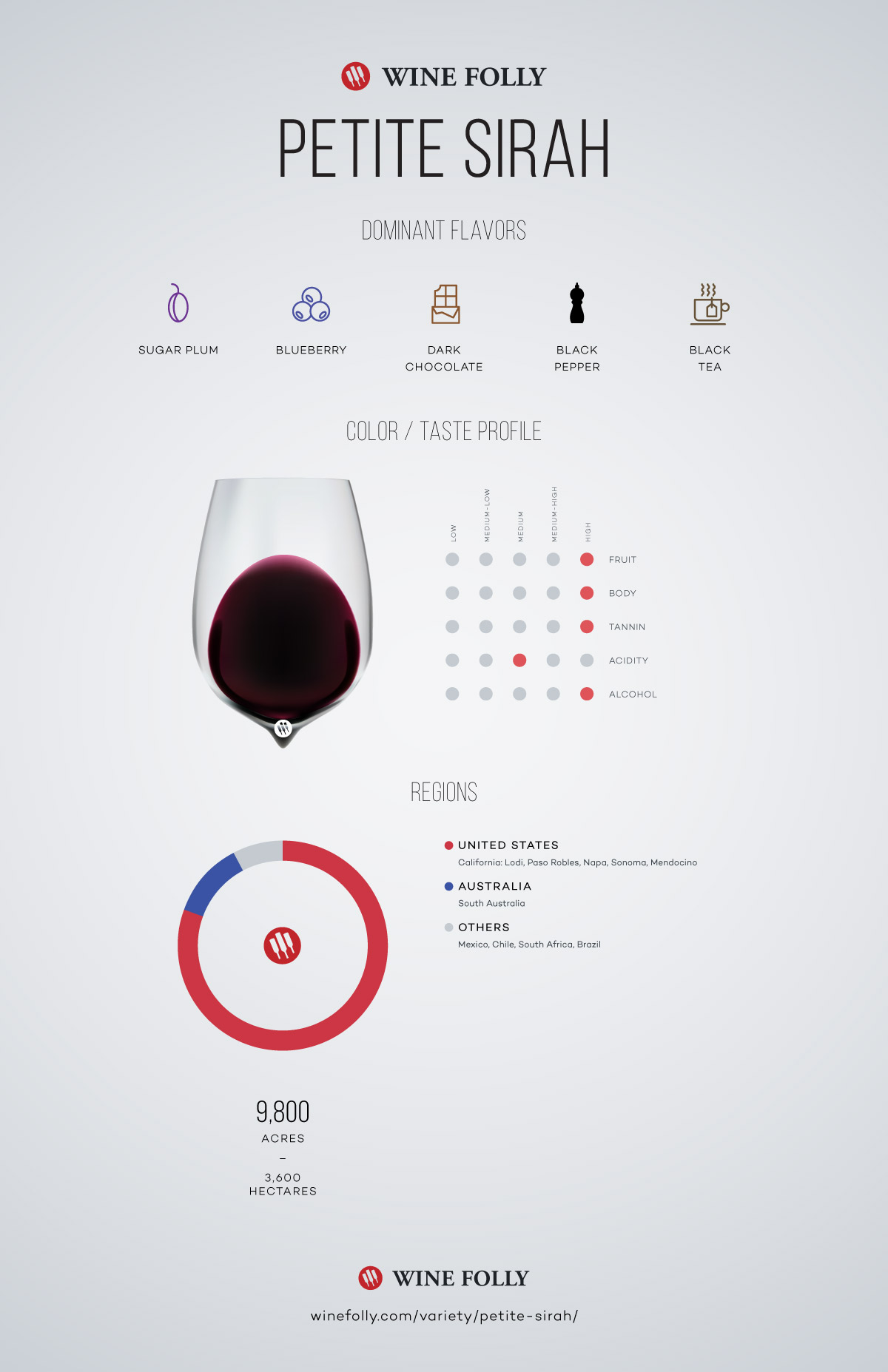
6 Fast Facts About Petite Sirah
- History: Petite Sirah (or Durif, the grape's original name) was created by botanist Francois Durif in Montpellier, France around 1880. The grape is a cross between Syrah and the even more rare: Peloursin. It was imported to America by Charles McIver in the mid-1880s where it got it's new name: Petite Sirah.
- Serving: A slightly cooler temperature (65 ºF) will deliver more floral and mineral aromas along with Petite Sirah's characteristic bold fruit.
- Decanting: Petite Sirah with such high tannin is the perfect red wine to pour in a decanter and let it evolve for 2–4 hours (if you can wait!).
- Aging: This warm-climate grape often loses too much acidity and fruit within the first 7 years to make it a contender for longer term aging. That said, a few producers (try Napa and Sonoma) have made some outstanding wines that will age 10–20 years. If you're looking for this, check that the acidity and fruit are in balance with the tannin (they will be big, but in balance!).
- Value: Looking for good value? California's central valley (like the Lodi AVA) offer some of the best values from $10–18.
- Anti-Oxidants: Petite Sirah is one of the deepest, most opaque red wines with very high levels of anthocyanin (an antioxidant). Similarly colored wines to Petite Sirah include Tannat and Sagrantino.
Food Pairing with Petite Sirah

Full-bodied red wineslike Petite Sirah have high tannin (bitterness and astringency) which means you'll want to match them up with richer, more fatty foods to create balance.
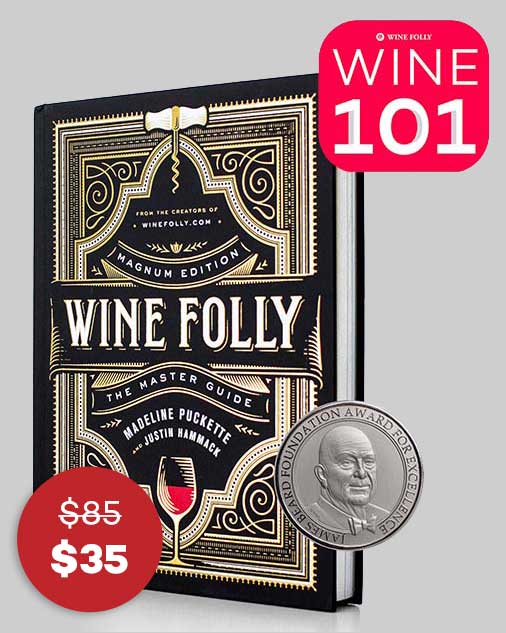
Buy the book, get a course.
Get the Wine 101 Course ($50 value) FREE with the purchase of Wine Folly: Magnum Edition.
Buy Now
With its smoky fruit flavors, Petite Sirah will pair nicely with bold exotic spices and herbs–just avoid making the dish too sweet.
If there is one thing to know about pairing Petite Sirah with food, it is that the wine deserves a food as big and as bold as it is.
Examples
- Meat
- Roasted Pork, Barbecue Beef, Beef Burgers, Chicken in Mole Sauce
- Cheese
- Aged Gouda, melted Swiss cheese, Fresh Mozzarella, Camembert
- Herb/Spice
- Black Pepper, Allspice, Clove, Sage, Rosemary, Cinnamon, Chili Pepper, Lavender, Cocoa, Juniper
- Vegetable
- Sautéed Mushroom, Eggplant, Black Bean, caramelized Onion, Stuffed Peppers, Currants (in a savory dish)
3 Profiles of Petite Sirah
The best way to understand a varietal wine like this one is to taste one from several different regions. Here are some tasting notes on the differences of Petite Sirah based on the region it grows:
Lodi and Central Valley, California, USA
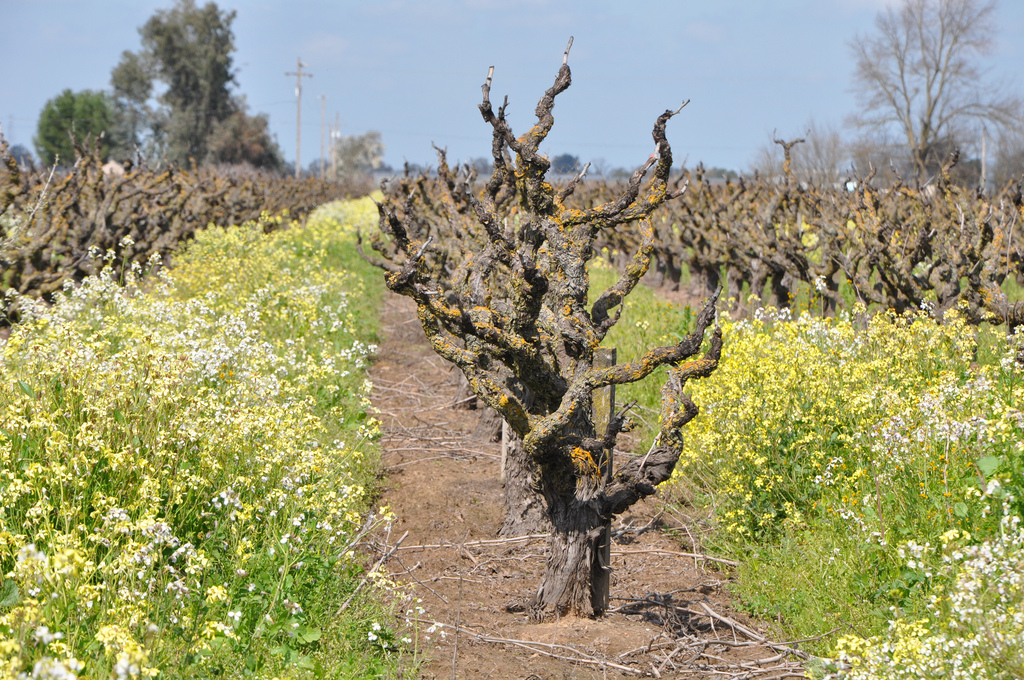
The inland valley regions of California, which include Lodi and Clarksburg AVAs, is where you'll find many old workhorse Petite Sirah vines. These wines have the same inky opaque color bursting with jammy fruit. Expect aromas of blackberry jam, brambles, black pepper along with notes of vanilla from oak aging. On the palate, rich and bold tannins compliment the sweet berry-like flavors and the acidity is smooth.
Average price: $15–$20
Sonoma and Coastal California, USA
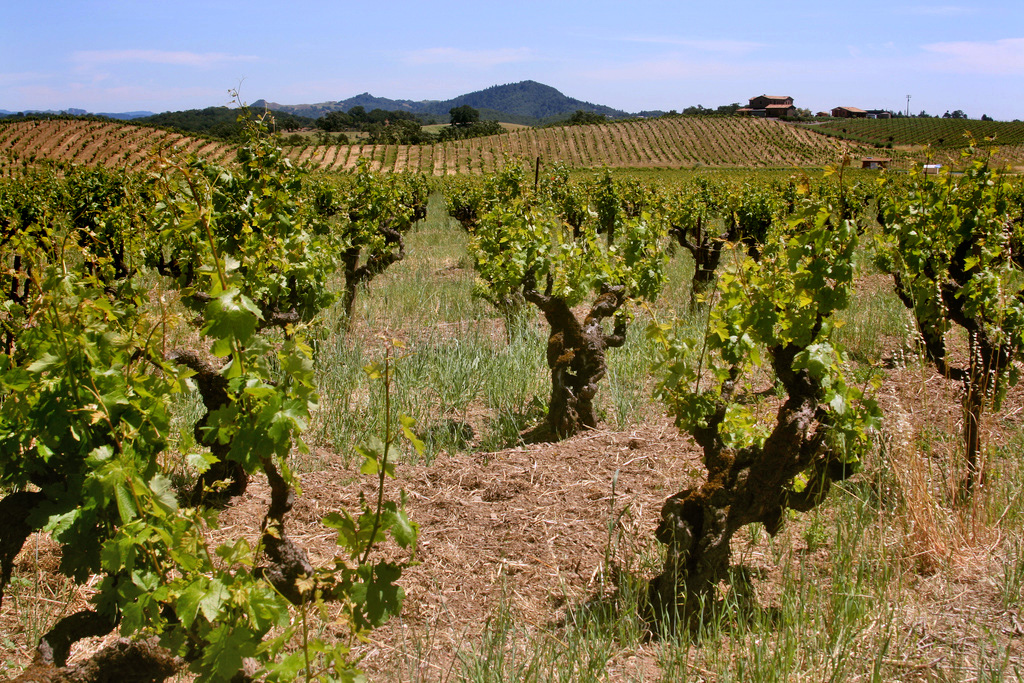
Sonoma and the northern coastal areas (including Mendocino) is a little bit cooler than Napa and the inland valleys of California. The wines tend to come across very deep, with a touch more earthy/espresso notes than their inland cousins.
Expect aromas of fresh blackberry, plum, dark chocolate, menthol and usually a nuance of vanilla or lavender (often from oak aging). On the palate, you will taste berries, espresso and mocha wrapped in dense tannins.
Average price: $18–$25
Napa and Coastal Ranges, California, USA
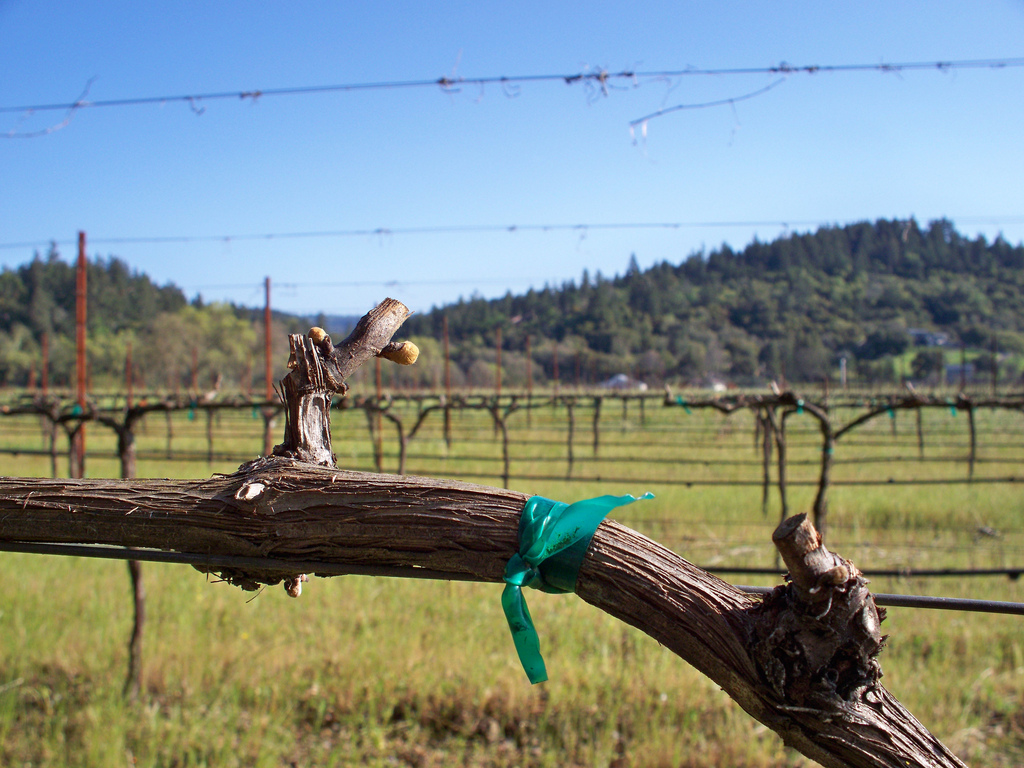
It's not easy to find 100% Petite Sirah in Napa because most producers focus on the more popular Cabernet Sauvignon. Still, with a bit of cleverness you will find it and be delighted. You can also check out the lesser known coast range AVA's including Lake County and mountain AVA's within the Monterey AVA.
These wines have intense color that will stain anything they touch. Expect aromas of blueberries surrounded with aromas of acacia flowers and graphite. On the palate it will be bold flavors of blueberry, cocoa, freshly ground black pepper and crushed rocks with a mid-palate onset of bold mouth-drying tannins.
Average price: $30+
flemminggollond2001.blogspot.com
Source: https://winefolly.com/deep-dive/petite-sirah-wine-guide/
0 Response to "Petite Sirah for Cooking Beef Burgundy"
Post a Comment